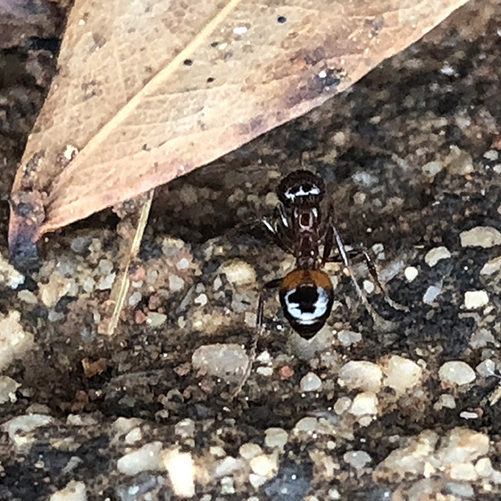The red imported fire ant, Solenopsis invicta Buren, the black imported fire ant, Solenopsis richteri Forel, and their hybrid are nuisance insects and their stings can cause serious medical problems. Imported fire ants interfere with outdoor activities and harm wildlife throughout the southern United States. Ant mounds are unsightly and may reduce land values. In some cases, imported fire ants are considered to be beneficial because they prey upon other arthropod pests. In urban areas, fire ants prey on flea larvae, chinch bugs, cockroach eggs, ticks and other pests. In many infested areas, the problems outweigh the benefits and controlling fire ants is highly desirable. However, eradication of this species is not currently feasible (see History and Control Efforts).
When deciding whether or not to control fire ants, one must weigh the benefits of fire ant control against the cost and environmental impact of control methods. Consideration of biological control of fire ants may not be compatible with some types of insecticide use. Insecticides are not always 100 percent effective, nor are most approved for use everywhere that ants occur. Insecticides are also expensive and potentially hazardous to the environment and other animals. Chemicals provide only temporary control of fire ants and must be reapplied periodically. Where applicable, you should select programs (for urban or agricultural areas) that use a combination of non-chemical and chemical methods that are effective, economical and least harmful to the environment.



